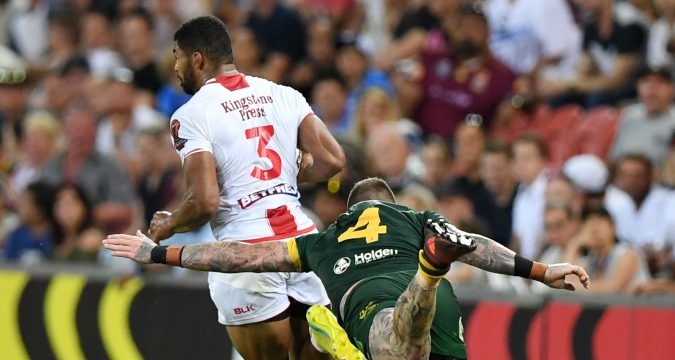 On the whole, the general consensus among the English rugby league public is that the national side took some significant, and encouraging, strides forward over the last six weeks.
Nobody wants a repeat of the scenes that saw our players strewn on the floor, devastated by another defeat to the Australians, by the time the World Cup comes around
On the whole, the general consensus among the English rugby league public is that the national side took some significant, and encouraging, strides forward over the last six weeks.
Nobody wants a repeat of the scenes that saw our players strewn on the floor, devastated by another defeat to the Australians, by the time the World Cup comes around COMMENT: Would a homegrown, Academy quota give England a greater chance of success?
 On the whole, the general consensus among the English rugby league public is that the national side took some significant, and encouraging, strides forward over the last six weeks.
Nobody wants a repeat of the scenes that saw our players strewn on the floor, devastated by another defeat to the Australians, by the time the World Cup comes around
On the whole, the general consensus among the English rugby league public is that the national side took some significant, and encouraging, strides forward over the last six weeks.
Nobody wants a repeat of the scenes that saw our players strewn on the floor, devastated by another defeat to the Australians, by the time the World Cup comes around 